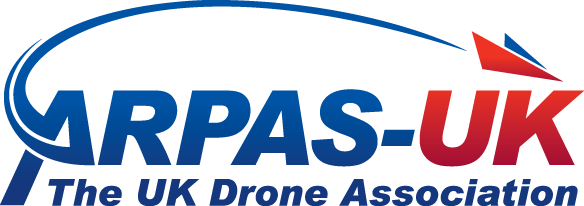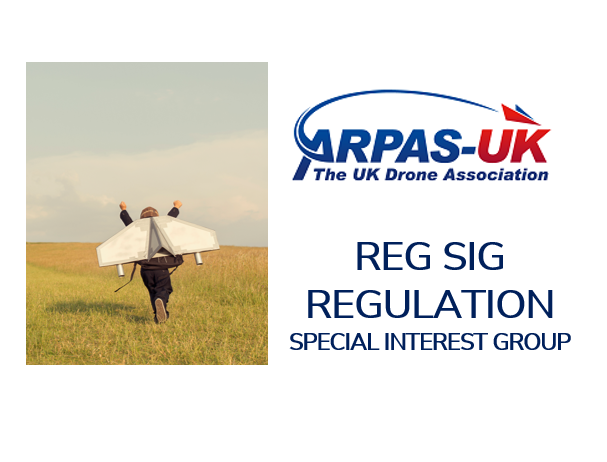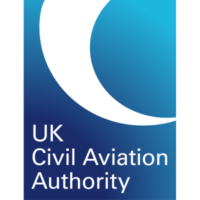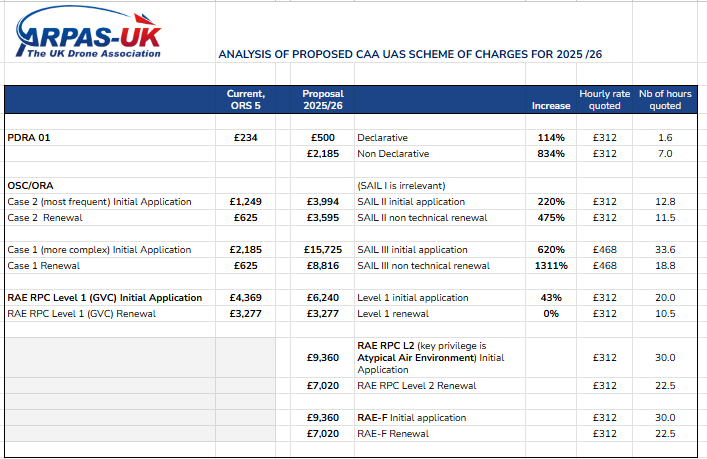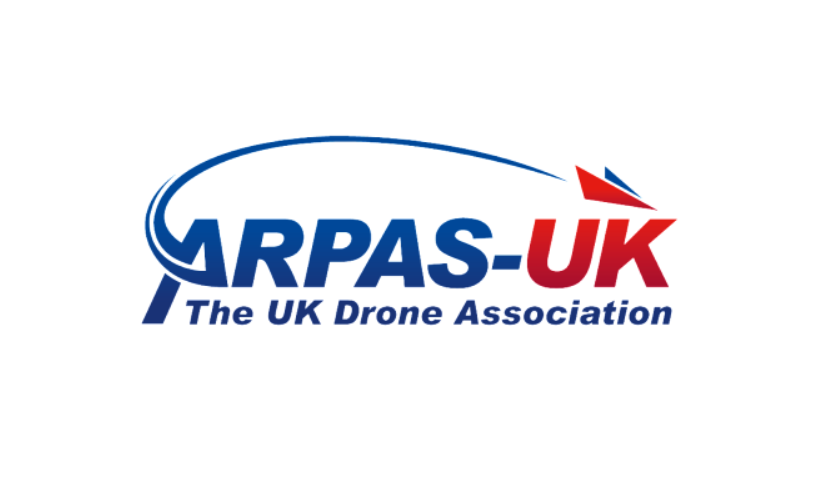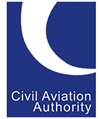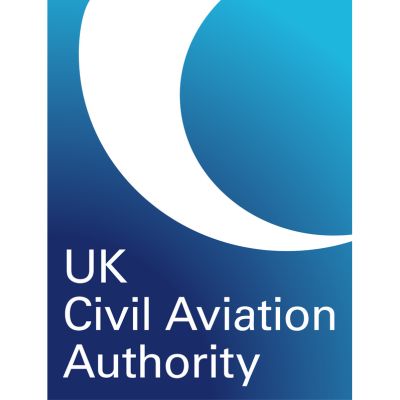Access the CHIRP December 2024 edition 12, covering those 3 reports, HERE.
- Report No1 – DUAS xx21 – Loss of control following geofence breach
- Report No2 – DUAS xx22 – Ageing batteries and what to look out for
- Report No3 – DUAS 0032 – NOTAMs and whether they get read
Foreword by Rupert Dent, Drone/UAS Programme Manager
Welcome to CHIRP Drone FEEDBACK Edition 12.0
I hope you have had a good summer’s drone flying, whether for pleasure or professionally. Statistics
from the Regulator indicate that the number of flyers continues to increase, albeit perhaps at a
lower rate than before. However, there are a growing number of drones in the air, and economically sustainable use-cases continue to be developed in the professional market. Diverse use cases involve different aircraft variants that perform very different functions. All of them bring along different human/computer system interface risks to the party. Each of them have unique Human Factor related challenges. A couple of good examples are described in this edition!
Since CHIRP Edition 11, there have as ever been some excellent new regulatory and technical innovations
in the world of drones. These include announcements about the Atypical Air Environment; plans for
implementation of SORA 2.5 in 2025; as well as a new subscriber-based digital fight approval service, which aims to reduce administration time for managing requests to landowners for take-of and landing requests. Airports adopting this include Aberdeen, Southampton, Cambridge and a combined Oxford Airport and Blenheim Palace. Encouraging though this may be, we continue to collect evidence of good old traditional Human Factors having as much influence on day-today flying and learning, as ever!
Let’s look at several recent examples and see what conclusions we can draw.
PS it can’t go without a mention that winter is of course approaching once more! Watch out for the HF consequences of lower temperatures, fog, snow and frozen fingers!
Rupert Dent
CHIRP Drone / UAS Programme Manager
